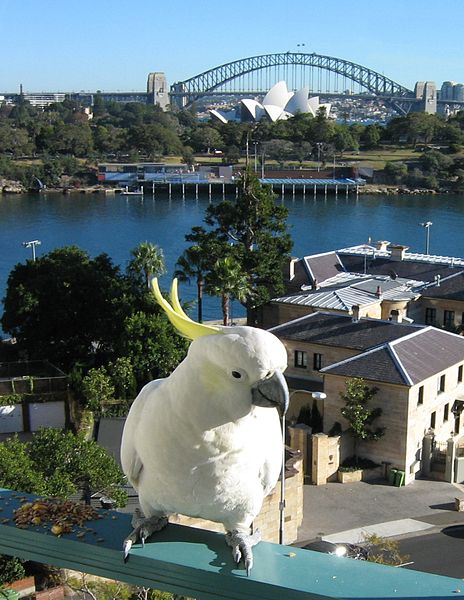 Striking in appearance, playful and affectionate when socialized, hardy and possessed of complex, interesting personalities, Cockatoos have much to recommend them as pets (please see Part I of this article for more information). Today, however, I feel it is important that we also consider some of the difficulties that may face the Cockatoo owner (or person owned by a Cockatoo!).
Striking in appearance, playful and affectionate when socialized, hardy and possessed of complex, interesting personalities, Cockatoos have much to recommend them as pets (please see Part I of this article for more information). Today, however, I feel it is important that we also consider some of the difficulties that may face the Cockatoo owner (or person owned by a Cockatoo!).
Need for Contact
A high degree of sociability renders Cockatoos as wonderful companions but in need of a great deal of human contact. Even more so than many other parrots, Cockatoos left alone for long periods nearly always begin to scream or to pluck their feathers.
A typical working schedule does not allow for enough interaction time…two birds should always be kept in such situations (on the positive side, Cockatoos often get along well with other parrots, including lovebirds and other small species).
Housing Considerations
Cockatoos are extremely active and need a very large cage or outdoor aviary.
The degeneration of powder-down feathers forms a fine, powdery “dust” that Cockatoos use in grooming and waterproofing their flight feathers. This material spreads like windblown ash, and invariably winds up on furniture, clothes and floors. Air filters and spraying the bird with water daily (Cockatoos like this!) will help, but powder down will remain a fact of life for the Cockatoo owner.
Potentially Troublesome Characteristics
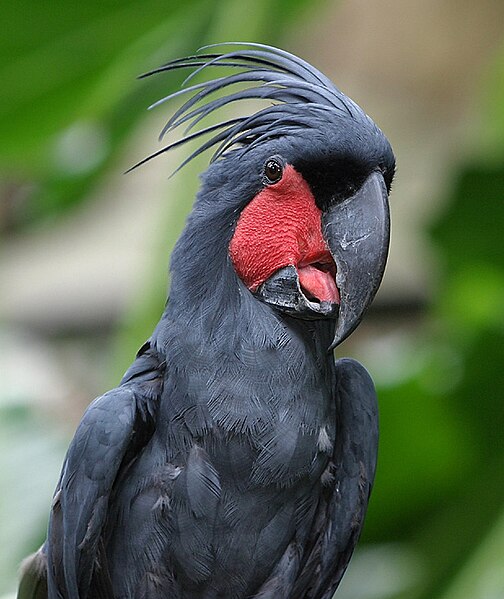 Even by parrot standards, most Cockatoos have very loud voices.
Even by parrot standards, most Cockatoos have very loud voices.
Cockatoos are inveterate wood chewers, and can demolish furniture and perches that would stand up to the largest macaw (or, it seems, axe!). Interestingly (or annoyingly!) they are quite systematic in their “projects”…once a potential target has caught its eye, your Cockatoo, no matter how well trained, will usually find a way to get at it.
Speaking
While most species can learn to repeat a few words, Cockatoos are not the most gifted mimics (they do excel in learning tricks, however).
Further Reading
You can read about a unique “digging” cockatoo, the Long Billed Corella.
An interesting article on powder down and its relation to health and illness in cockatoos is posted here.
For some idea of the impressive carrying power of a cockatoo’s voice, check out this video.
Cockatoo in Sydney image referenced from wikipedia and originally posted by Snowmanradio
Palm Cockatoo image referenced from wikipedia and originally posted by Doug Jansen
 That Bird Blog – Bird Care and History for Pet Birds
That Bird Blog – Bird Care and History for Pet Birds

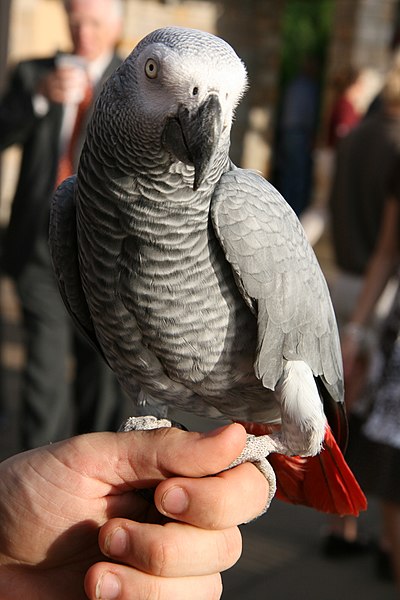
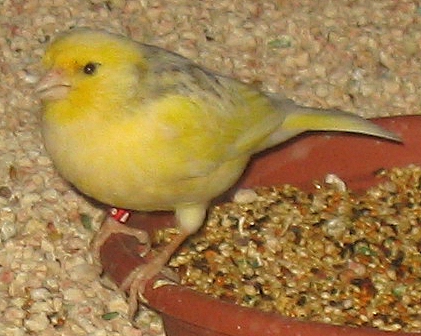
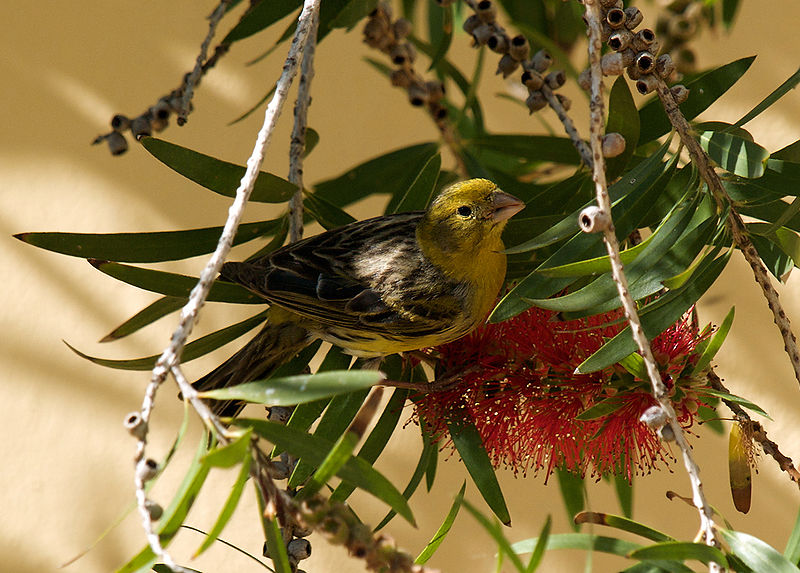 Different Canary varieties (termed “types”) first developed quite by accident. Canaries arrived in Europe in 1478, when they were taken to Spain from their native habitat on several islands off Northwest Africa. As the Spanish sold only males and travel was difficult, Canary owners usually bred related birds to one another. This increased the likelihood of mutations, including the yellow coloring that is now considered to be the Canary’s “normal” color (wild Canaries are actually greenish-brown).
Different Canary varieties (termed “types”) first developed quite by accident. Canaries arrived in Europe in 1478, when they were taken to Spain from their native habitat on several islands off Northwest Africa. As the Spanish sold only males and travel was difficult, Canary owners usually bred related birds to one another. This increased the likelihood of mutations, including the yellow coloring that is now considered to be the Canary’s “normal” color (wild Canaries are actually greenish-brown).  Striking in appearance, playful and affectionate when socialized, hardy and possessed of complex, interesting personalities, Cockatoos have much to recommend them as pets (please see
Striking in appearance, playful and affectionate when socialized, hardy and possessed of complex, interesting personalities, Cockatoos have much to recommend them as pets (please see  Even by parrot standards, most Cockatoos have very loud voices.
Even by parrot standards, most Cockatoos have very loud voices.